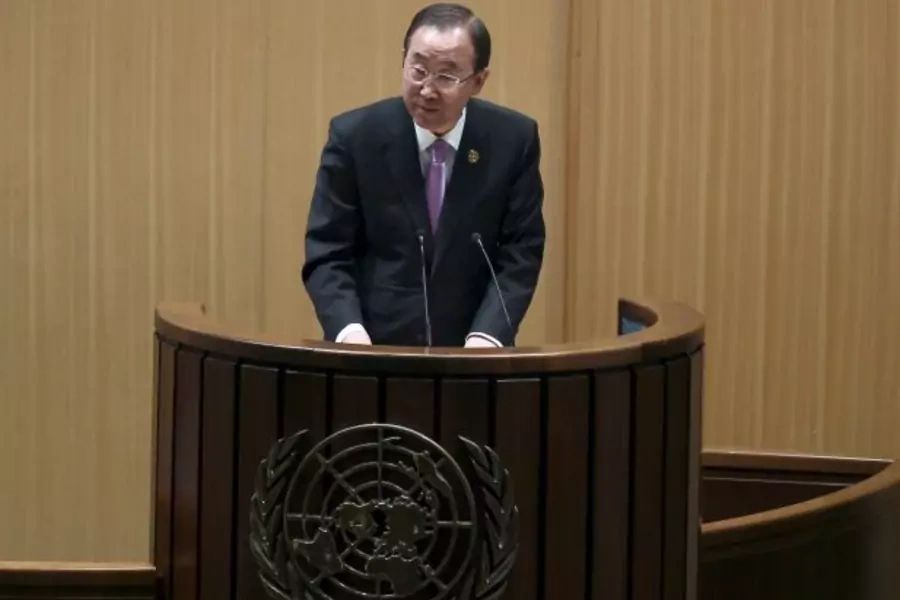The UN’s Third Financing for Development Conference: After Growth & Aid, What Comes Next?

More on:
Governments, civil society groups, and business leaders are gathered this week in Addis Ababa, Ethiopia for the UN’s Third Financing for Development Conference (FFD3). Up for debate is how to fund the Sustainable Development Goals, or SDGs, a new set of global development indicators that the UN will adopt in September.
The Addis agenda reflects two major changes since the First Financing for Development conference held in Monterrey, Mexico in 2002. First, the good news–there has been a dramatic reduction in global poverty. Between 2002 and 2015, 28 low-income countries–as classified by the World Bank–made the jump to middle-income status. The second, less-encouraging trend is that foreign aid commitments from developed countries have faltered. Aid spending is far from the UN target of 0.7 percent of gross national product (GNP) established in Monterrey. Instead, the OECD average is closer to 0.39 percent as of 2014, ranging from 1.1 percent in Sweden to 0.08 percent in Poland and the Slovak Republic.
In the wake of these trends, the Addis talks will focus on two alternative approaches—private sector investment and domestic reforms.
Foreign direct investment (FDI) in developing countries already far outstrips aid flows, totaling $480 billion in 2012, compared to $90 billion in aid spending. While investment stimulates growth and creates jobs, conference participants want to ensure that FDI contributes to inclusive growth that reaches the poorest populations. One proposal at Addis seeks to end tax evasion by multinational corporations, estimated to siphon $100 billion away from developing economies each year—money that might otherwise be used for health and education, and to modernize agriculture and infrastructure.
Another avenue for post-2015 development financing is mobilizing domestic resources. Developing countries can raise revenue through higher taxes–now only 13 percent of their GDPs–and improve collection through automation. Equally important is combating corruption and illicit financial flows, which deprive developing economies of an estimated $1 trillion annually.
The policy recommendations adopted at FFD3 will be non-binding. But, they could help set the tone for September, when governments and the development community commit to an ambitious post-2015 agenda that aims to eradicate poverty, end hunger, and ensure water and sanitation for all. Whether the 17 proposed SDGs will be achieved largely depends on financing.
More on:
 Online Store
Online Store